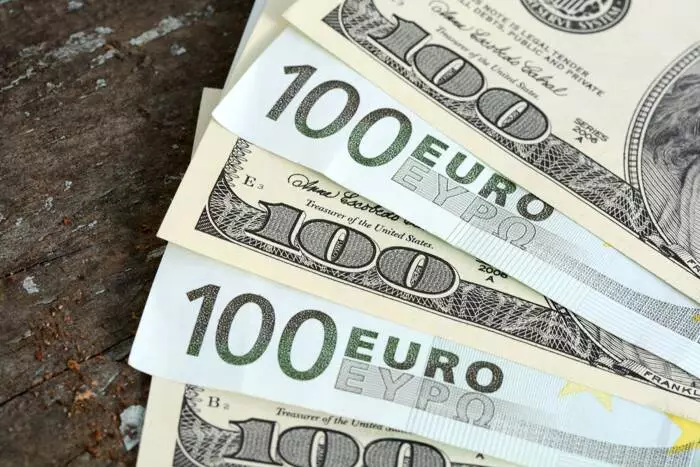The EUR/USD currency pair is experiencing notable volatility influenced by shifting economic fundamentals. Identifying the critical support and resistance levels is essential for understanding where the pair might be headed. Currently, there are several key support levels: 1.0825, identified as a swing low on the 4-hour chart; 1.0780, recognized on the daily chart due to its role as a swing low and critical trendline support; and 1.0674, which also serves as a daily chart swing low. On the other hand, significant resistance levels are set at 1.1001, 1.0950, and 1.0900. The breach of these levels can significantly impact trading strategies and market sentiment.
Impact of Central Bank Policies
The recent meeting of the European Central Bank (ECB) has significantly dented confidence in the EUR/USD pair. The ECB’s decision to lower interest rates by 25 basis points has instigated broader concerns about the health of the Eurozone economy. Initially, markets were bracing for rate cuts in both September and October, but a sudden change in the economic landscape has injected uncertainty into these expectations. The current slowdown indicated by negative business activity data has intensified pressure on the euro, placing it in a precarious position amid a broader economic landscape that remains uncertain.
On the inflation front, the recent reduction to 1.8% has fallen below the ECB’s target threshold, further complicating matters. While the central bank’s leadership, under Christine Lagarde, has hinted at additional cuts, the lack of a concrete roadmap during recent meetings has left markets grasping for direction. Analysts now foresee a potential third rate cut in December, leading to adjusted market expectations that include a cumulative reduction of 29 basis points by year-end. This evolving landscape stresses the importance of closely monitoring incoming economic data that could sway the ECB’s decisions.
Influence of the Strong Dollar and US Economic Performance
Simultaneously, the EUR/USD pair faces mounting pressure from a strengthening U.S. dollar. Recent positive economic indicators from the United States have bolstered confidence in the greenback, while a possible Trump re-election raises further complexities for future rate cut trajectories. Increasing market expectations suggest a gradual approach to U.S. rate cuts, contrasting sharply with the ECB’s path, thereby widening the yield differentials between the euro and the dollar.
If former President Trump’s candidacy continues to gain traction, this may bring inflationary pressures back into the conversation, possibly delaying or complicating rate cuts. Such developments are crucial for forex traders, as any unexpected shifts can impact the valuation of both currencies.
The outlook for the EUR/USD pair remains decidedly bearish amid a host of challenges. The combination of ongoing rate cuts by the ECB, a stagnating Eurozone economy, and a resilient dollar provides an ominous backdrop for the euro. Traders should remain vigilant, as the interplay of these factors will likely dictate the near-term direction of the currency pair. Without significant changes in these dynamics, it seems reasonably certain that the EUR/USD can expect further declines in the weeks ahead. For those looking to navigate these turbulent waters, continuous market analysis will be key in strategically positioning amidst the noise.

